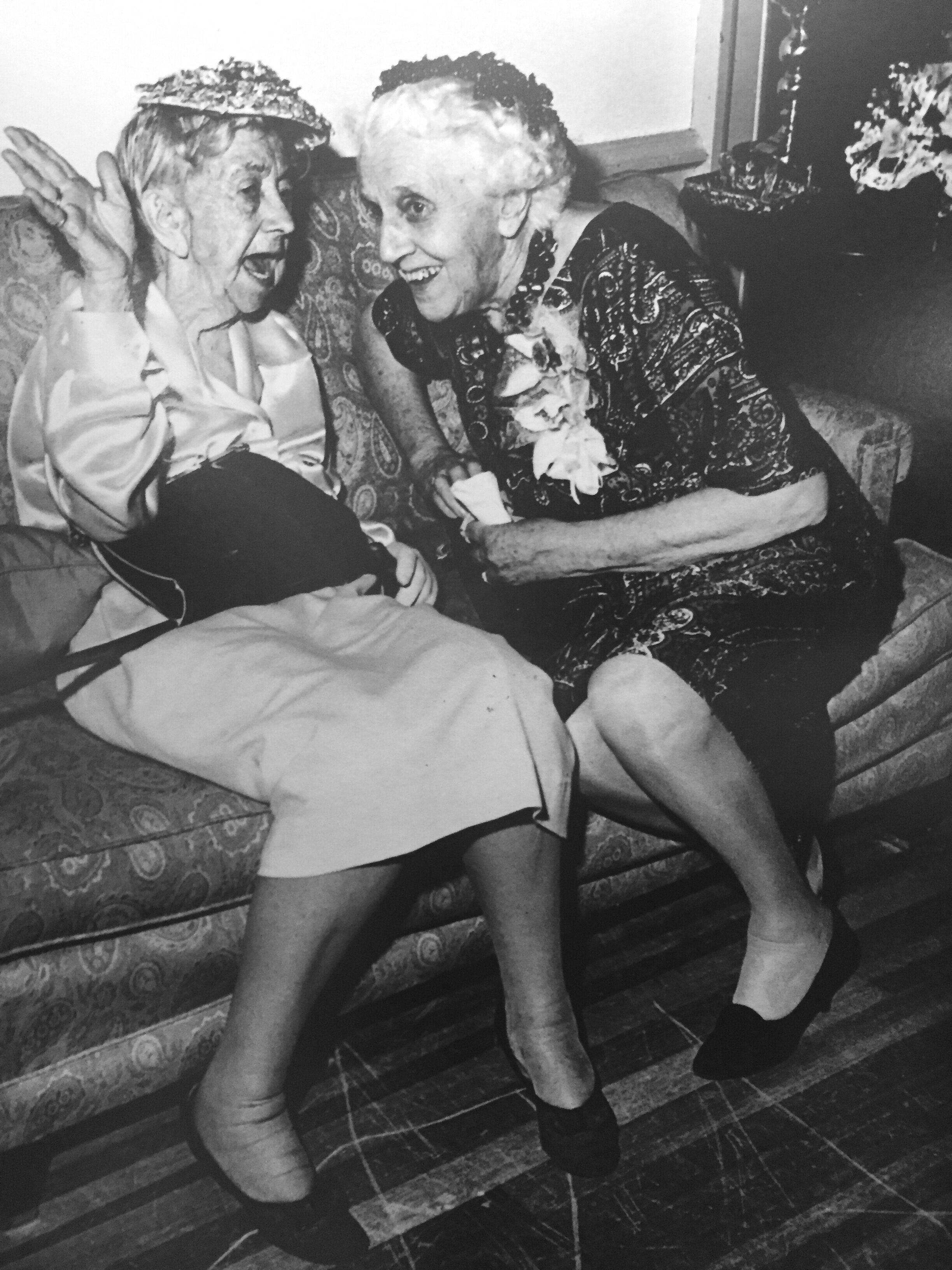
banter
Welcome to my archived blog, Banter.
I’ll start, you chime in—I really want to hear from you!
Managing vs. Masking Anxiety
Some of us may be tempted to take a beta blocker, a shot of booze, or a gummy to help with public speaking anxiety. Before we do, please consider the audience and the right they have to a great talk. The drug may dampen our own anxiety, but it may also dampen our performance. There are certainly other ways to manage our anxiety that do not hurt our delivery.
I work from the premise that when a reaction is caused by a thought, it can be managed by an action.
I worked for several months with a brave soul who had taken a strong stand against the unethical practices of the company for which he had worked. His talk preparation progressed beautifully until a few days before when he showed up to rehearse. His words seemed labored and leaden; his speech was…Read on.
Intentions speak louder than words
The theater director and father of modern acting technique, Konstantin Stanislavski, used the term “objective,” to help actors focus on playing an action, rather than pushing for a state of being (“to persuade” vs. “to be upset” see “To Be vs. To Do”). I like the term, “intention,” rather than objective because I find it more direct. Stanislavski believed that we always have an intention, even if we are not aware of it. That is what makes us behave in wonderfully quirky, positively human ways. We always want something from the other characters in the play and we always want something from the other people in our lives. That is our intention. If we do not choose a clear intention, we can default to intentions that are not helpful, undermine us, focus our energy on ourselves, and leave us expressively flat and disconnected.
We communicate our intention, not our words.
This is really important.
Imagine a person saying, “I love you,” while sneering. What message do we get? Read on to learn how to use intentions…
How to be Truly Authentic
“To be truly effective, you must speak with such intensified and exalted naturalness that your auditors will never dream that you have been trained.”
--Dale Carnegie
Many people believe that authenticity involves complete transparency, blunt honesty, and talking about our wayward bodily functions in public. This nightmarish stream-of-consciousness behavior is not only destructive for the speaker, but the listeners may never recover. No, that is not authenticity. Authentic communication includes awareness of the other person and awareness of our own impact.
And though I agree with much of what Adam Grant writes, I disagree with his definition that: “Authenticity means erasing the gap between what you firmly believe inside and what you reveal to the outside world” (New York Times June 4th 2016). I also disagree with the idea that “being yourself” is the same thing as being authentic. I would call that inappropriate sharing, not reading the room, and putting our own personal needs over the needs of others. Great communicators know the difference.
Then what IS authenticity?…Read on.
Let’s begin.
Sign-up for Weekly Presence Prompts
Weekly prompts for public speaking, virtual communication, personal presence, and skillful conversations.


